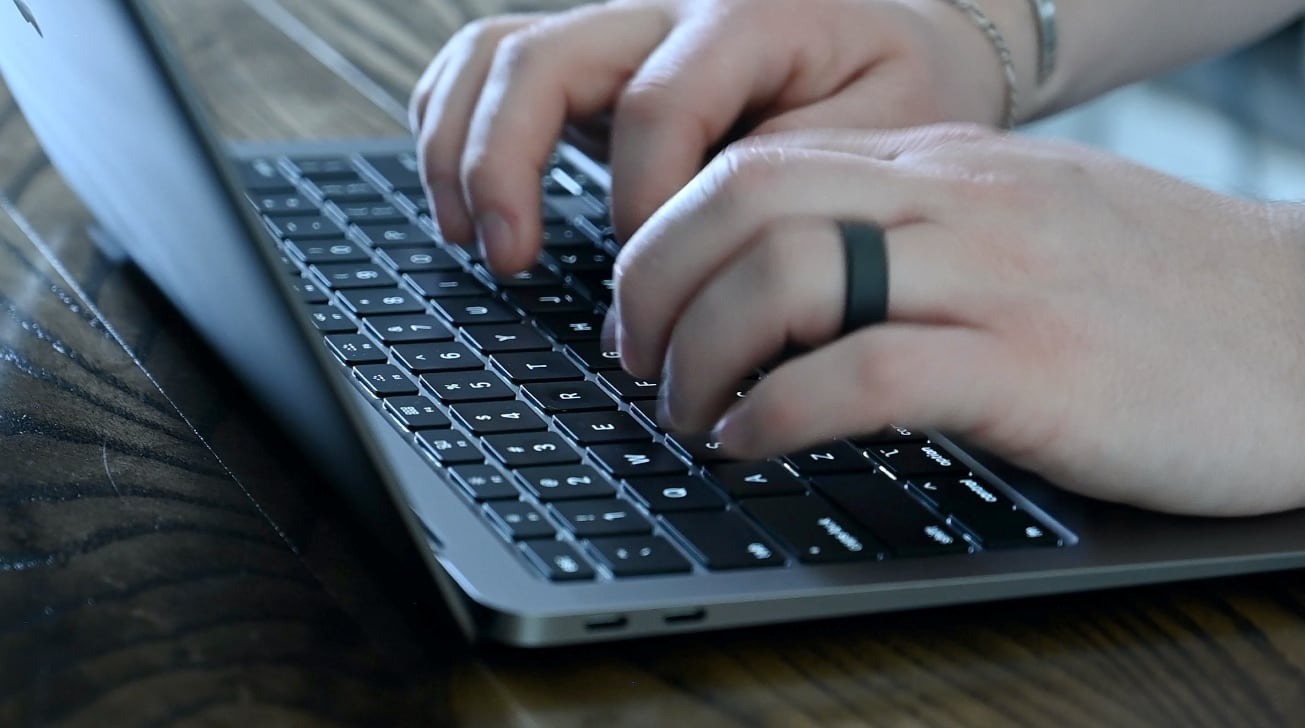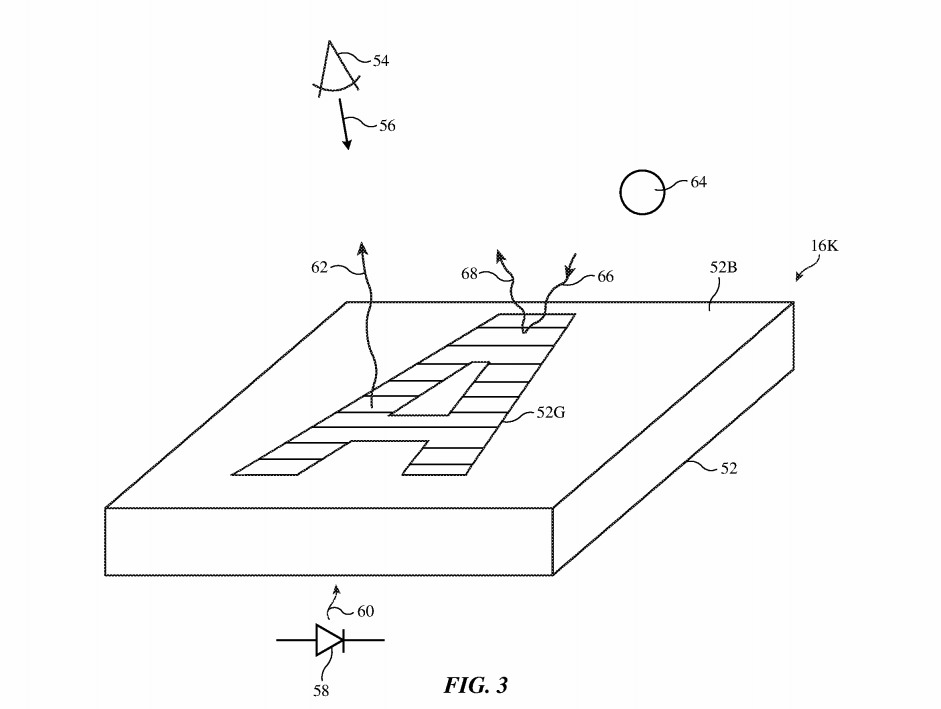Apple appears poised to expand the use of True Tone beyond a display, with the color-changing technology potentially coming to the keyboards in the MacBook Pro.
Since its introduction in the 9.7-inch iPad Pro, True Tone has become an extremely useful technology for those concerned about a display's color accuracy. It is important enough for Apple to incorporate it into other products, including the MacBook Pro, and has the possibility of being used further afield in the future.
In essence, True Tone is a color temperature maintenance system, designed to maintain the relative color representation of the display when a user changes environments. By monitoring the ambient light, True Tone automatically changes the display to match any changes, to maintain a consistent image.
Normally, moving a display from a warm light-filled area to one with a cooler color temperature has the effect of making colors on an image seem different, despite the display showing the same unchanged picture. This is due to the viewer looking at the display while also having to experience a changing environmental light temperature, with the relative difference being at issue.
By monitoring and changing the screen's white balance to account for the environment, True Tone minimizes relative differences and keeps the image looking relatively unchanged to the user.
In a patent published by the US Patent and Trademark Office on Tuesday titled "Electronic devices having backlit keyboards displays with adjustable white points," Apple suggests the same system could be applied to a MacBook Pro's backlit keyboard.
The patent largely describes a typical backlighting system in a MacBook keyboard, namely keys with transparent sections in the glyphs to allow light to pass through. While it is typically set up to be managed by the system for the purposes of light intensity, the patent suggests the white point of the keys can have a similar level of control.
By adjusting the white point of the keys, Apple suggests it may be able to keep the keyboard "visually appealing" to the user.
The system would be able to adjust the keyboard's white point based on the results of a color ambient light sensor, similar to True Tone's existing setup. When the MacBook display's white point is altered, such as by the current version of True Tone, the keyboard can be made to change to match the color temperature.
It would also be feasible for the keyboard to automatically change independently of the display's setting by using the ambient light sensor's data. For example, it may be able to detect a different white point based on the combination of ambient light and the display's output, which may give a different reading to normal True Tone.
The patent lists its inventors as Paul V. Johnson, Lu Zhang, and Jiaying Wu. Johnson is a display engineer at Apple, and has worked on a few display-related patents involving ambient light sensors.
Zhang is an engineering manager for display color and imaging at Apple, and is also linked to similar display and backlight-related patents. Wu, an ASIC design engineer for Apple, previously worked on a gaze detection patent, as well as an earlier True Tone patent filing.
Apple files numerous patent applications on a weekly basis, but while the existence of a patent suggests areas of interest for Apple's products and services, it does not guarantee the concepts will appear in a future product or service.
Earlier filings include how True Tone could be managed by a display's backlight in the future, while another Apple Car-related one proposed its use to illuminate the inside of the vehicle.
 Malcolm Owen
Malcolm Owen








-m.jpg)






 Marko Zivkovic
Marko Zivkovic
 Christine McKee
Christine McKee
 Andrew Orr
Andrew Orr
 Andrew O'Hara
Andrew O'Hara
 William Gallagher
William Gallagher

 Mike Wuerthele
Mike Wuerthele
 Bon Adamson
Bon Adamson



-m.jpg)



9 Comments
ok, this falls under the category of 'why?' Changing the color temp of the screen makes perfect sense because that's what you're looking at. Most of us spend very little time actually looking at the keyboard and when we do the primary thing we care about is being able to easily identify the keys. I couldn't care less if the backlight of the keys is 3000k or 5000k. This seems like a needless use or technology (and money.)
YES please! Ever since starting to use Flux even years before it was integrated into operating systems, the keyboard being pure white at night was always a bother. Touchbar too.
It would save on battery life for laptops.